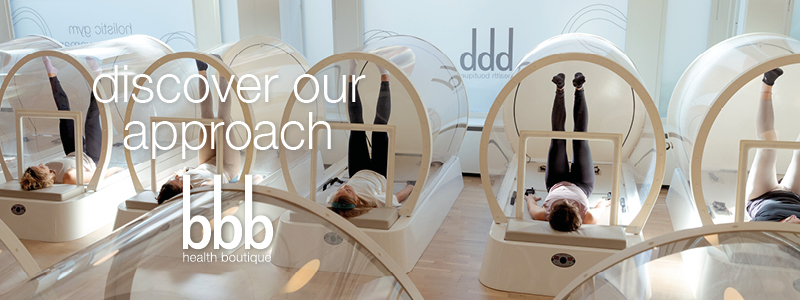emotional eating
practice makes perfectThe word says it all: emotional eating is eating because you are emotional. Dealing with emotions such as sadness, anger or fear can sometimes seem so difficult that you prefer to ‘eat it away’. Food is an easy drug. It numbs feelings (at least shortly) and is easily available. However, after awhile, the ‘emotional eating’ itself becomes more difficult, complex and painful to deal with, than the original feeling itself. Eating to numb our feelings is an illusion. By giving these feelings space, you will discover that you are able to deal with your emotions.
The exercise: taking a moment to focus on yourself
Meditation exercises can help you to stop and take a moment for your thoughts, feelings and sensations. Through ‘stopping’ you’ll increase awareness and you don’t fall into automatic patterns such as act-react. A fine meditation exercise to help you step out of these patterns is the 3 minute breath space.
Practise this exercise whenever you feel the urge to eat too much. It can help you to stay in contact with yourself and keep your feet on the ground. Often when you exceed your boundaries of a day, you compensate this in the evening by over eating or falling into unhealthy eating patterns.Would you like to get out of your dysfunctional automatic patterns? Practise the exercise at least 5 times a day. Place a reminder in your telephone!
Instructions
Just like all mindfulness exercises, you observe yourself in a mild, open and inquiring manner. Everything that presents itself is welcome:
1. How are you at the moment?
Be aware of your internal sensations. Notice which feelings and physical sensations are present.
2. How is your breathing?
Bring awareness to your breathing. Follow the path your breath takes as it flows in and out, through your nose or mouth, into your lungs. Feel how your breathing activates your chest and stomach. Eventually think to yourself ‘in…..out’ or count how many breaths you take in this step.
3. How does your body feel now?
Whilst being aware of your breathing, turn your attention to places in your body where you feel a reaction during the exercise. Open yourself up to what you feel: your feelings, thoughts and sensations. Don’t judge, but observe in an open and mild manner. Everything you experience at this moment is welcome and good.
Guided meditations
In the beginning it is often difficult to practise this exercise when you feel the need to eat. Luckily there are hundreds of apps with guided meditations that can help you on your way. Such as Headspace, Calm or Stop, breath & think.
